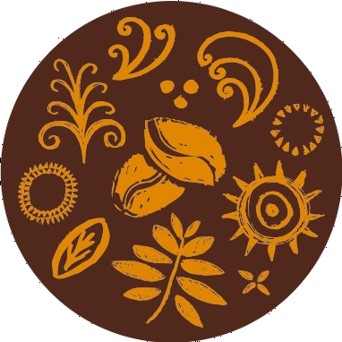By now, most seasoned observers are aware of the complexities of understanding the growth of the middle class in Africa: unreliable data, confusing and inconsistent definitions, the way that competing narratives of understated or overstated middle class sizes don’t seem to have a middle ground.
For some time, we have cautioned that it is more accurate to look at lifestyle data rather than income data. To get to the point that income data tells you something useful about the size of a middle class, there are key dependencies on data quality and so much time has passed that there is a real risk you are reading about a social landscape that has either never occurred or which has already passed.
Because generally data is poor, commentators and analysts have been forced to rely instead on narrative, creating a story about the growth of the middle class in Africa from a range of direct, indirect and indicative sources. That narrative has, until recently, been ‘Africa Rising.’
As a narrative, Africa Rising is now over although it may yet reappear when economic growth among Sub Saharan countries picks up.
The development of the middle class in Africa, in whatever sense, still continues regardless of the overarching narrative. What are the key lessons about where should we look?
- The middle class is not the only important consumer group. The consumer class – those we would characterize as living in homes with televisions and/or above incomes of $4 a day are a much larger and more significant group. More than 500m consumers across Africa live in homes with televisions. More than 800m live in homes with at least one mobile phone.
- Look at poverty reduction. In fact, the most important group is arguably the much larger group of consumers who are emerging out of poverty, the future consumer class. Poverty reduction and the growth of the middle class are two distinct trends.
- The (sustainable) growth of the consumer or middle class is part of an ecosystem. To understand its trajectory we also need to understand the status of factors including economic diversification, local capacity building, poverty reduction, development of human capital, living standards and quality of life.
- We can measure resilience. High, and often extreme, levels of market risk are common across the majority of markets in Africa. Resilience is a key factor in determining how quickly consumers can react to and recover from negative events.
- Resilient consumer groups are the key to understanding the opportunity. The resilience of different income groups to economic shock makes a huge difference to the consumer landscape. Boom and bust is at least as problematic as poor data when it comes to understanding the opportunity.
When we put our Trendtype Africa Future Trend Map together, we charted the relationship between 50 critical factors that are shaping growth trends and the future consumer landscape. It places the emerging middle class in context. Income growth is important, but just one part of the story because it is as much a description of the emerging class as it is a driver of it. Less sexy factors such as knowledge transfer, economic diversification, capacity building, health and education and social empowerment get less headlines but are also fundamental to the emergence of both a sustainable middle class or consumer class.
Now that Africa Rising is over (for now) and risk and vulnerability is back, it is time to revisit the importance of resilience, the middle class ecosystem and the wider landscape of growth factors.











